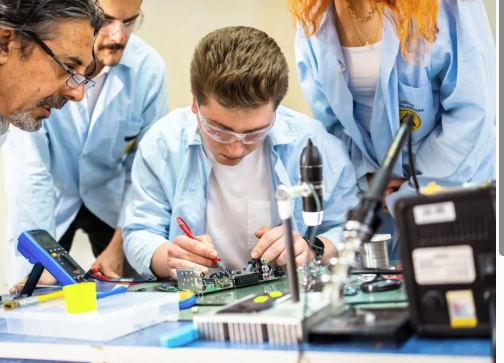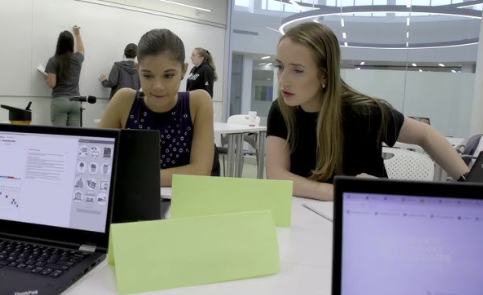Introduction
Career and Technical Education (CTE) programs have long been essential in preparing students for skilled trades and emerging industries. As technology reshapes the job market, innovation in CTE is ensuring that students graduate with the knowledge, tools, and experiences they need to thrive. By embracing cutting-edge technologies, industry partnerships, and hands-on learning, CTE programs are evolving to meet the demands of a modern workforce.
Modernizing Curriculum Through Industry Trends
Innovative CTE programs continuously adapt their curriculum to reflect current industry practices. Fields like renewable energy, health sciences, information technology, and advanced manufacturing require up-to-date knowledge. Schools are incorporating real-world scenarios, industry certifications, and project-based learning that simulate the demands students will face in their careers.
Integrating Technology in Instruction
From 3D printing and robotics to virtual reality (VR) simulations, technology plays a major role in transforming how students learn in CTE classrooms. These tools provide immersive, hands-on experiences that prepare learners for high-tech environments. For instance, VR can simulate medical procedures or construction sites, offering safe and repeatable practice scenarios.
Strengthening Partnerships with Industry
Collaboration with local businesses, trade associations, and community colleges is key to innovation in CTE. These partnerships help align program outcomes with job market needs, provide mentorship opportunities, and enable internships or apprenticeships. Students gain practical experience while building connections that can lead to future employment.
Emphasizing Employability and Soft Skills
Innovation in CTE also includes a focus on essential soft skills such as communication, teamwork, time management, and problem-solving. These skills are embedded into lessons and projects to ensure that students are not only technically competent but also workplace-ready.
Personalized Learning Paths
With the help of digital platforms, CTE programs can offer personalized learning experiences tailored to student interests and goals. Learners can explore career clusters, select specialized courses, and progress at their own pace. Adaptive learning technologies provide feedback and support, helping each student succeed based on their strengths and needs.
Expanding Access and Inclusion
Innovative CTE initiatives are focused on equity and access. Schools are designing inclusive programs that engage underrepresented groups in high-demand fields. Outreach efforts, culturally responsive teaching, and accessible technology ensure all students have the opportunity to benefit from CTE pathways.
Conclusion
Innovation in Career and Technical Education is empowering students to thrive in an ever-changing workforce. By modernizing curriculum, integrating technology, fostering partnerships, and focusing on personalized, inclusive learning, CTE programs are equipping the next generation with the tools they need to succeed in meaningful, high-demand careers.


